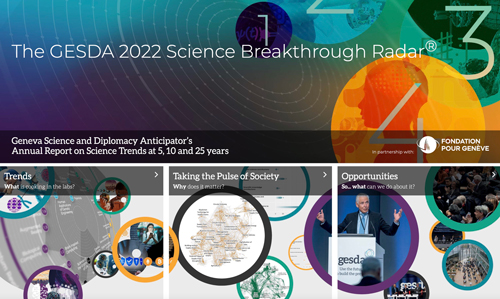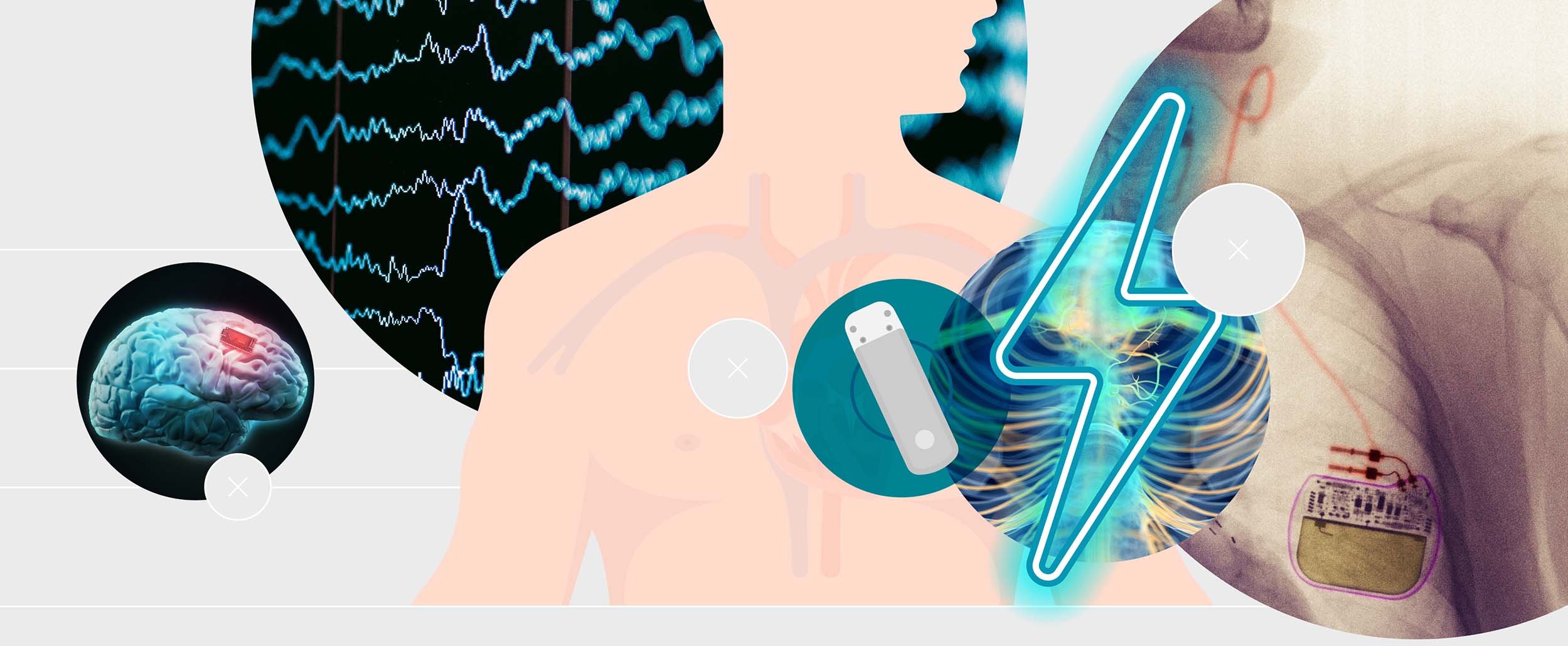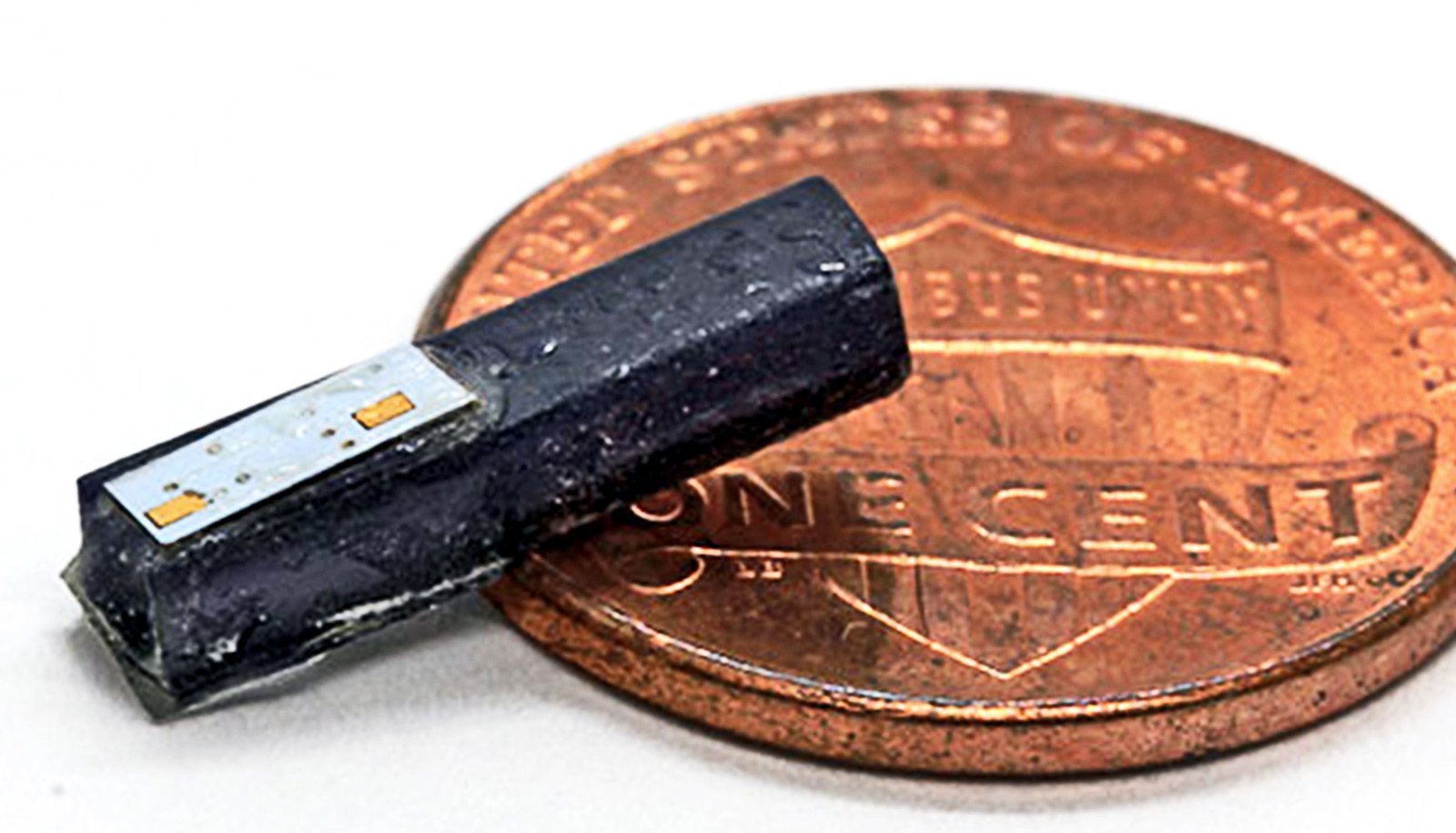Deep brain stimulation was initially developed to treat movement disorders but for the past two decades it has been in trials to target treatment-resistant mental health disorders, including depression and obsessive-compulsive disorders.9 Promising trials are underway. Current therapies are invasive and have limited functionality (and thus limited application), but ongoing trials are testing new materials and closed-loop designs for implants that will ensure better monitoring, wider adoption and biocompatibility.10 Brain signals can also be manipulated non-invasively, and altering the frequencies of brain oscillations has been shown to affect cognition, memory recall and behaviour. Recently there have been early indications that it may mitigate the symptoms of Alzheimers disease.11
Another promising target for electrical therapies is the vagus nerve, a thick cable of parasympathetic nerve fibres that innervates many vital organs. Vagus Nerve Stimulation (VNS), both using invasive electrodes and non-invasive wearable devices, is now the subject of intense interest across many trials, with hopes of proving a wide range of therapeutic effects including on diabetes, depression, and autoimmune conditions like Crohn's disease.12
Electrical therapies are even emerging as potential components of regenerative medicine. It has become evident that electrical signalling plays a role in non-neural systems, and early successes in pre-clinical models suggest that stimulation could help scarless healing.13 Some drugs can be repurposed to affect electrical aspects of the wound healing and regeneration response: in frog trials the drugs were able to fully regenerate an amputated limb.14



